Remittances Fueling Post-Pandemic Return to Globalisation
- REGION : Australia
- DATE : November 24, 2022
- AUTHOR : Kate Wilson
Remittances Fueling Post-Pandemic Return to Globalisation
- REGION : Australia
- DATE : November 24, 2022
- AUTHOR : Kate Wilson
Personal remittances often reflect the flow of funds from people and countries that have money to those that need it. By rebalancing wealth, remittances bring greater equilibrium to the global economy. In many developing countries inbound remittances are critical to the ongoing viability of the domestic economy. Indeed, back in May 2022 the World Bank made a forecast that remittance flows to low and middle income countries would increase by more than 4% over the year to surpass $600bn. This follows estimated growth of more than 8% in 2021. Despite predictions that the pandemic would lead to a downturn in remittance flows, flows continued seemingly unabated. Similarly, more recent geopolitical uncertainty, notably the war in Ukraine, has failed to derail global remittance growth.
RFI has long tracked remittance flows as they reflect a key payments activity engaged in by many consumers around the globe either as senders or recipients. RFI has sought not only to map remittance flows, but also to understand more about the reasons why consumers send remittances and how they go about this activity. RFI’s Global coverage includes key remittance hotspots like India, China and Mexico – the top three countries from remittances received according to the World Bank – and the UAE – a key market for outbound remittances. RFI’s data presents a fascinating picture of changing dynamics in the remittance space and should be of significant interest to financial institutions wanting to grow their presence.
More than 1 in 4 consumers globally have sent or received remittances in the last 12 months
RFI’s data collected among banked consumers indicates that 28% of consumers globally have sent or received money internationally in the last 12 months. In some markets, notably Indonesia, Mexico and the UAE this percentage rises close to 50%.

Interestingly, remittance activity seems to transcend demography and affluence. Globally 31% of 18-34 year olds say they have sent or received money internationally in the last 12 months, as do 29% of consumers aged 55+. 26% of consumers in the mass market segment (Net investible assets of up to USD25,000) say they have engaged in remittance activities in the last 12 months, as do 32% of Mass Affluent consumers (Net investible assets of at least $100,000). Particularly active segments include 18-34 year olds in Mexico (52% sent or received) and the Emerging Affluent segment (net investible assets of $25,000 to $100,000) in Indonesia (67% sent or received).
Many consumers also point to sending or receiving remittances regularly. Globally close to 40% of remitting consumers indicate they send or receive funds at least once a month. More than 10% say they do it once every two weeks or more.

More than half of consumers remitting funds do so to support family / friends
Given the empirical evidence that a large proportion of remitted funds flow into low and middle income countries, it should be no surprise that RFI’s data reveals that sending money to friends and family members is the primary reason why consumers say they remit funds. Only in two countries (Hong Kong and Taiwan) does it slip to a secondary reason behind needing to pay for goods and services or invest funds in another country. The importance of supporting friends and family members as a driver of remittances has changed year-on-year, but not consistently across the markets. In the India and the UAE it has increased in importance, while in China, Hong Kong and Taiwan it has decreased. It is critical for financial institutions to understand why customers are sending money so they can align the focus of their marketing campaigns with the key drivers of activity.

Non-bank players are taking the lead in driving remittance volumes
Recent years have seen the market entry of a host of non-bank players that have seen opportunity in the often higher costs and poorer experience associated with bank originated remittance flows. These players have performed strongly. Wise, for example, claims to have more than 7 million active personal customers globally, a number that has grown 24% on FY21. It also indicates that in FY22 it moved GBP56.9bn in personal remittances, up 35% on the year prior [1]. Consumers often display a high degree of comfort using non-bank players like Wise and in some markets the use of non-banks for remittances is higher than the use of banks. In Australia, for example, 64% of consumers who have sent funds internationally say they have done so using a non-bank, versus 52% who say they done so using a bank. The same is true in the UAE – 76% versus 35%.
Interestingly a common theme in Asian markets is relatively high use of banks. In China the proportions are 79% (bank) and 47% (non-bank), in Hong Kong they are 75% (bank) and 44% (non-bank) and in Singapore they are 72% (bank) and 42% (non-bank). Explanation of this difference in behaviour may be found in the reasons why consumers remit funds. Consumers in Asia are, for example, significantly more likely to say they remit funds to invest in another country. Relative to consumers in other parts of the world they are also more likely to assign importance to ‘being able to conduct the transaction online’, ‘the convenience and ease of making the transfer’, and ‘the security of the transfer’ when transferring funds.

So where to next in the remittance space? As the lives of consumers become increasingly globalised, a characteristic that will likely only strengthen in a more normalised post-pandemic environment, the demand for remittances will remain high. Based on the growth of remittance flows in recent years despite the pandemic and geopolitical uncertainty, nothing other than further growth can be predicted. The decision for incumbent financial institutions relates to the extent to which they want to own the activity and the associated value, or whether they are comfortable sharing with more specialist providers. Claiming value back will require a more active focus and a re-alignment of their remittance propositions. There is absolutely no doubt that the potential opportunity is significant.
Current
Loud Budgeting and the Big Switch
21 Feb 2024 \ Budgeting
Avoiding the ‘Intergenerational Tragedy’
28 Nov 2023
The Rise of Mobile Wallets in Canada
14 Sep 2023 \ Payments
SME’s, Stress and Scrutiny of costs
29 Jun 2023 \ Sentiment \ SME
BNPL – Regulation and Legacy
31 May 2023 \ BNPL \ Regulation
March Trends Newsletter, The MacroMonitor
14 Mar 2023 \ Women
February Trends Newsletter, The MacroMonitor
15 Feb 2023
2023 – The Year of SoftPOS?
14 Feb 2023 \ SoftPOS
A Year in the Life of BNPL
02 Feb 2023 \ BNPL
January Trends Newsletter, The MacroMonitor
20 Jan 2023
2022 – The year that was
17 Jan 2023 \ banking predictions
Winning with Cross-Sell, Singapore Webinar
01 Nov 2022 \ webinar
Who are the FiTeRRs?
13 Sep 2022 \ inflation \ Mortgages \ Youth Banking
The Canadian Mortgage Market
08 Jun 2022 \ Canada \ Mortgages
The Global State of BNPL | Regional Deep Dive
05 May 2022 \ BNPL
RFI Report | Banking on Digital
30 Oct 2021 \ Global \ mobile banking
The BNPL Juggernaut
24 May 2021 \ BNPL \ In-depth Insights
Driving Sustainability in Finance
25 Apr 2021 \ Sustainability

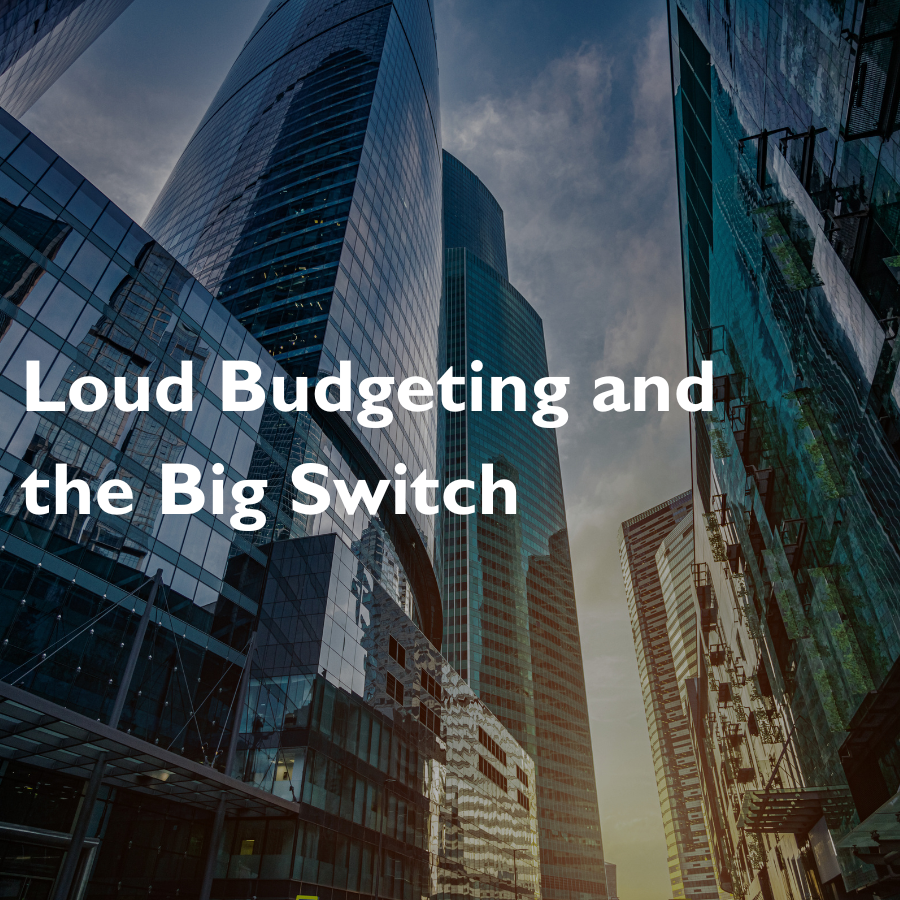

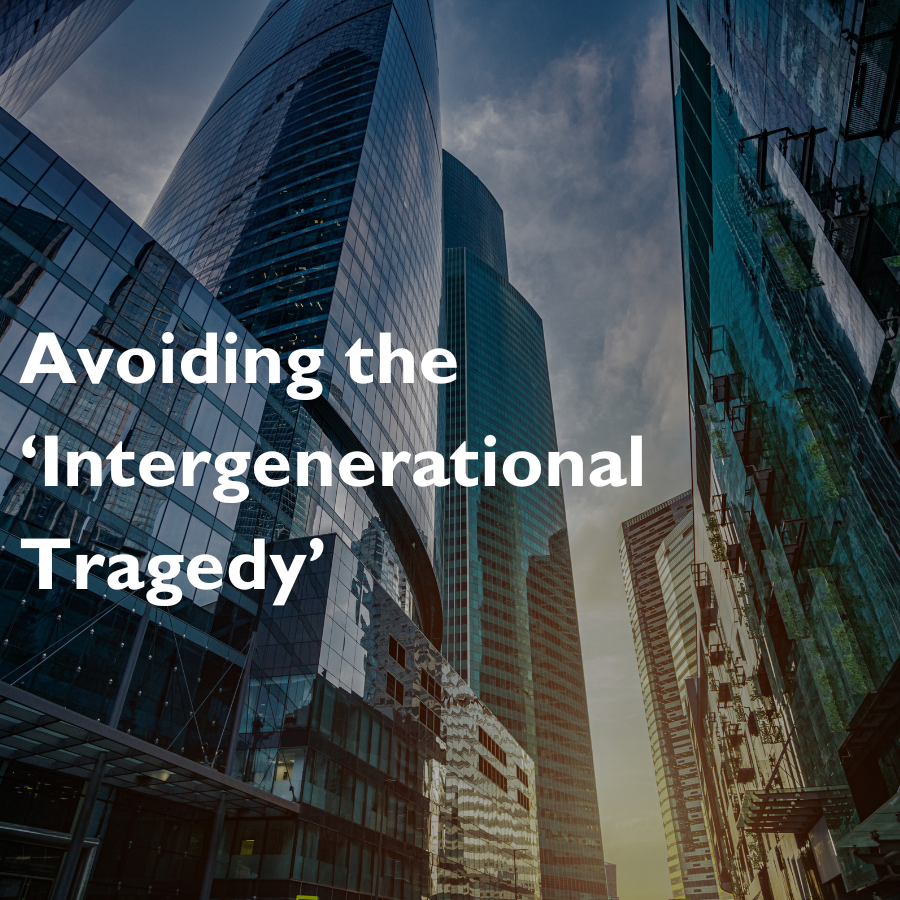

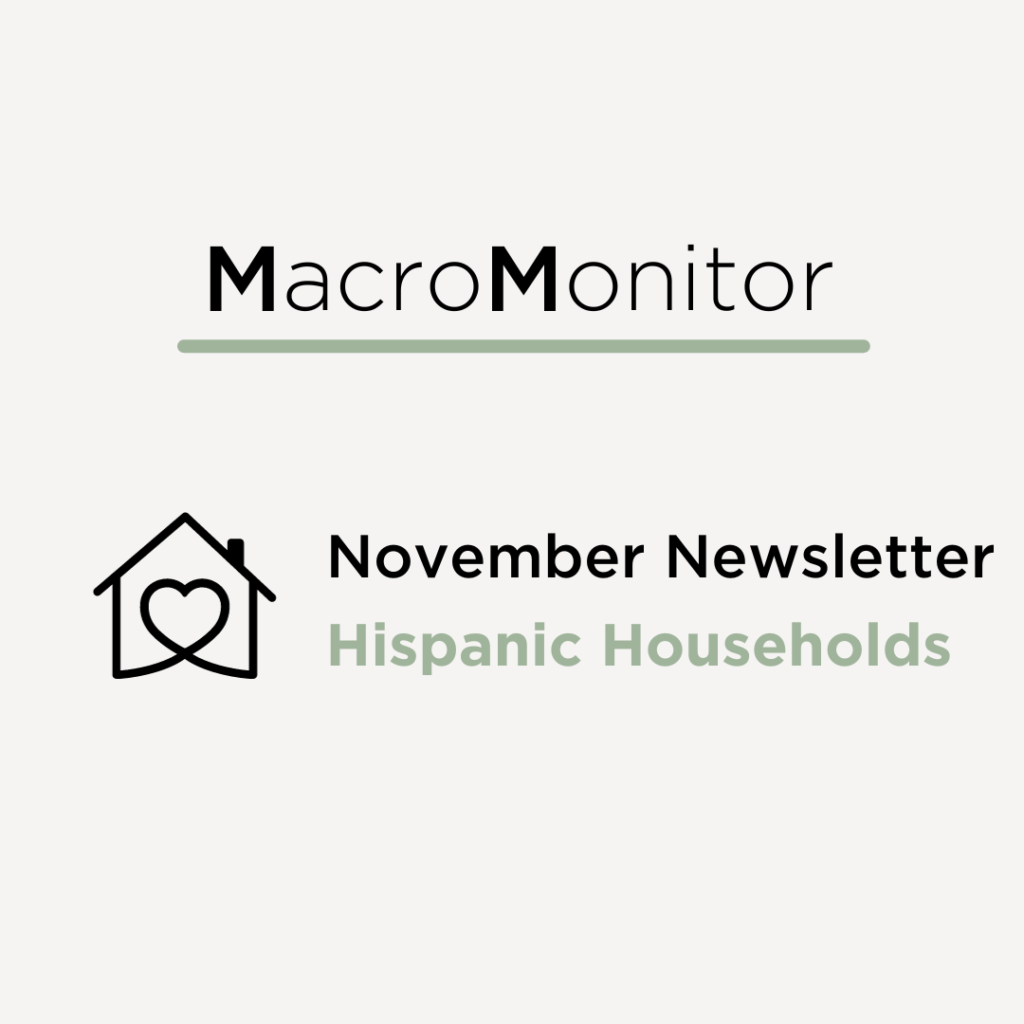
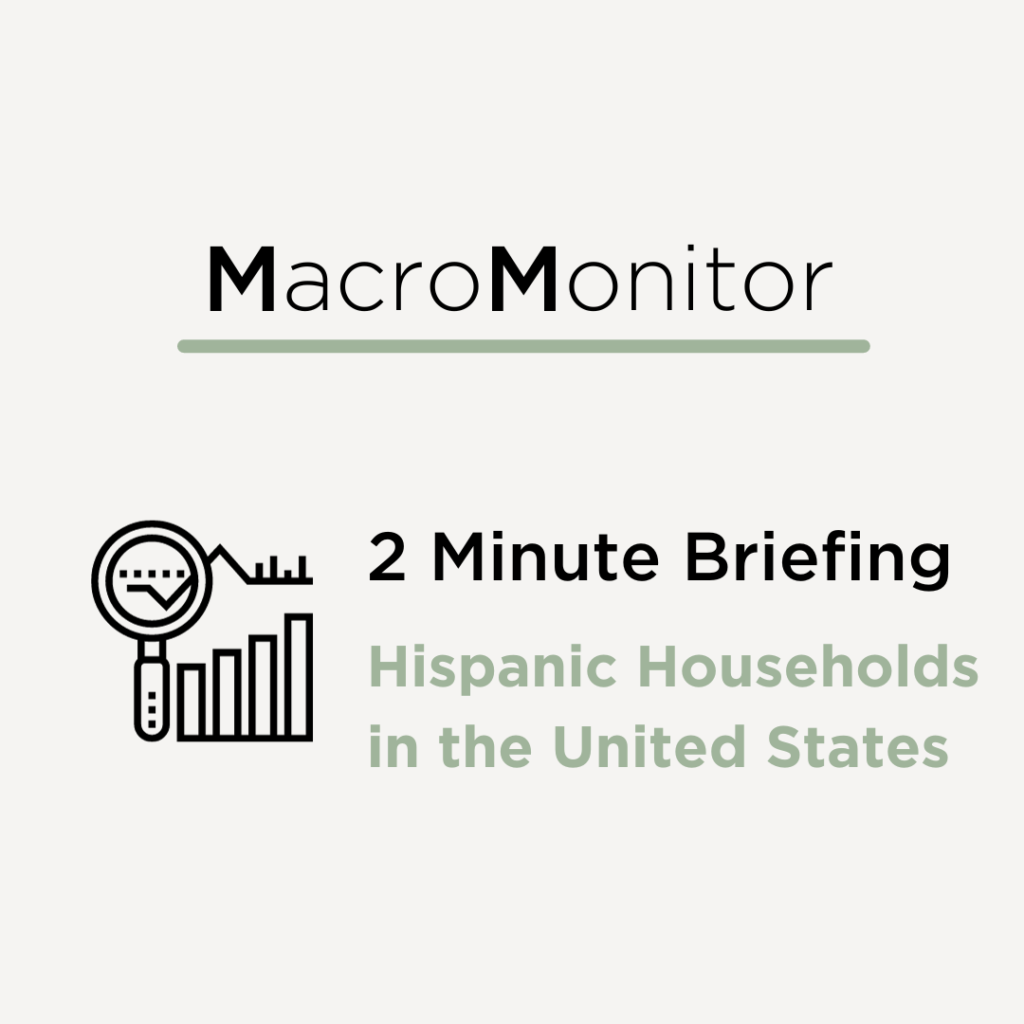
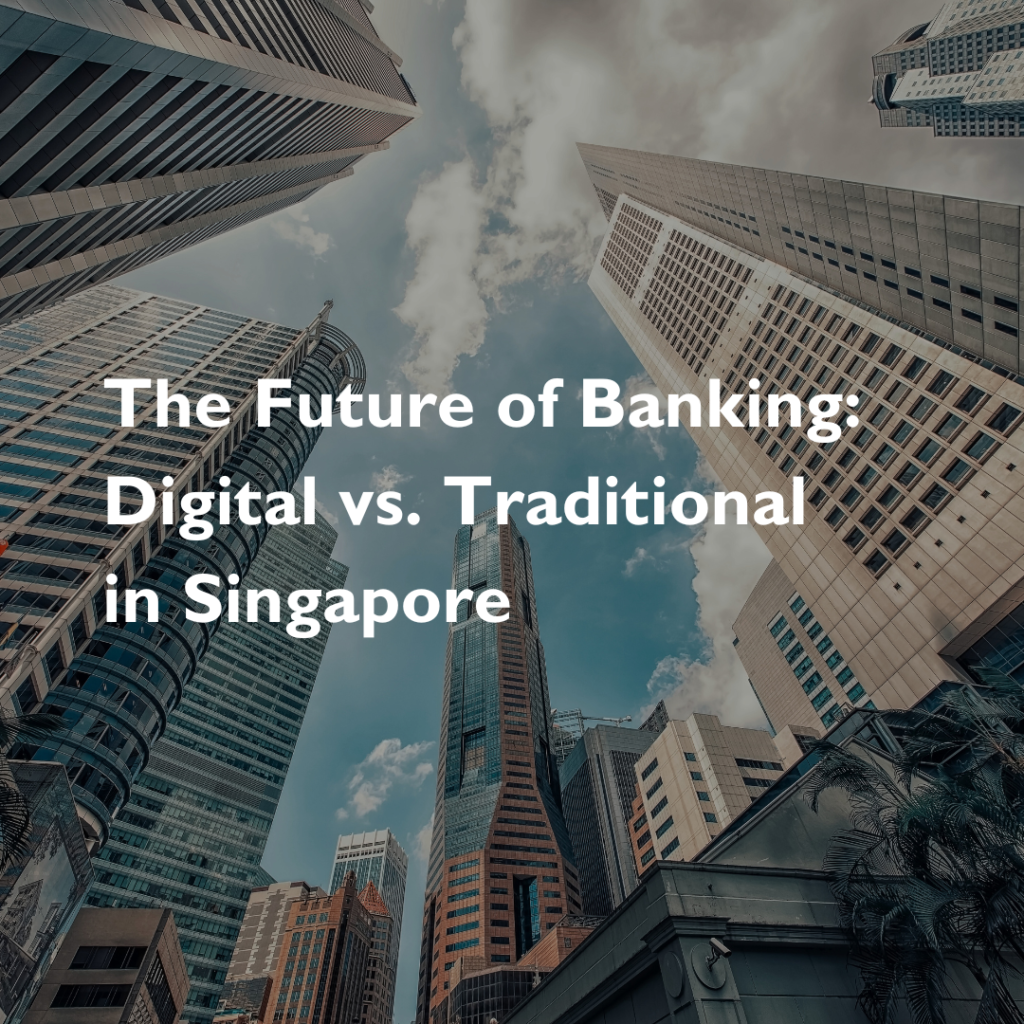
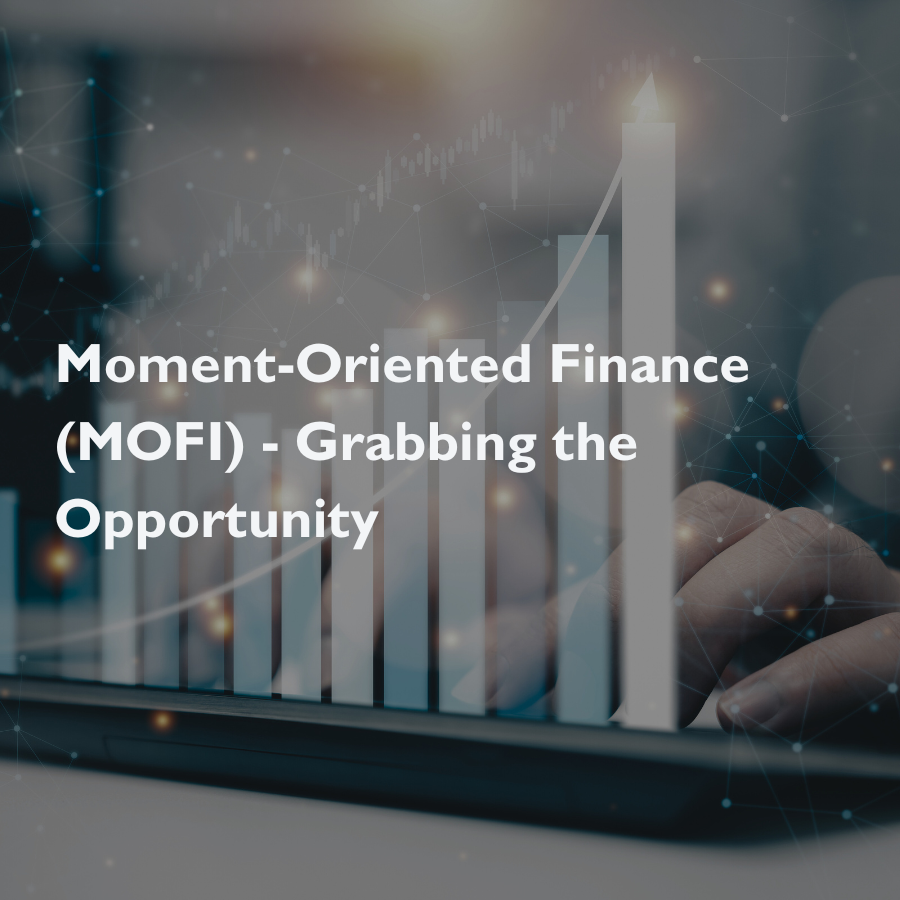
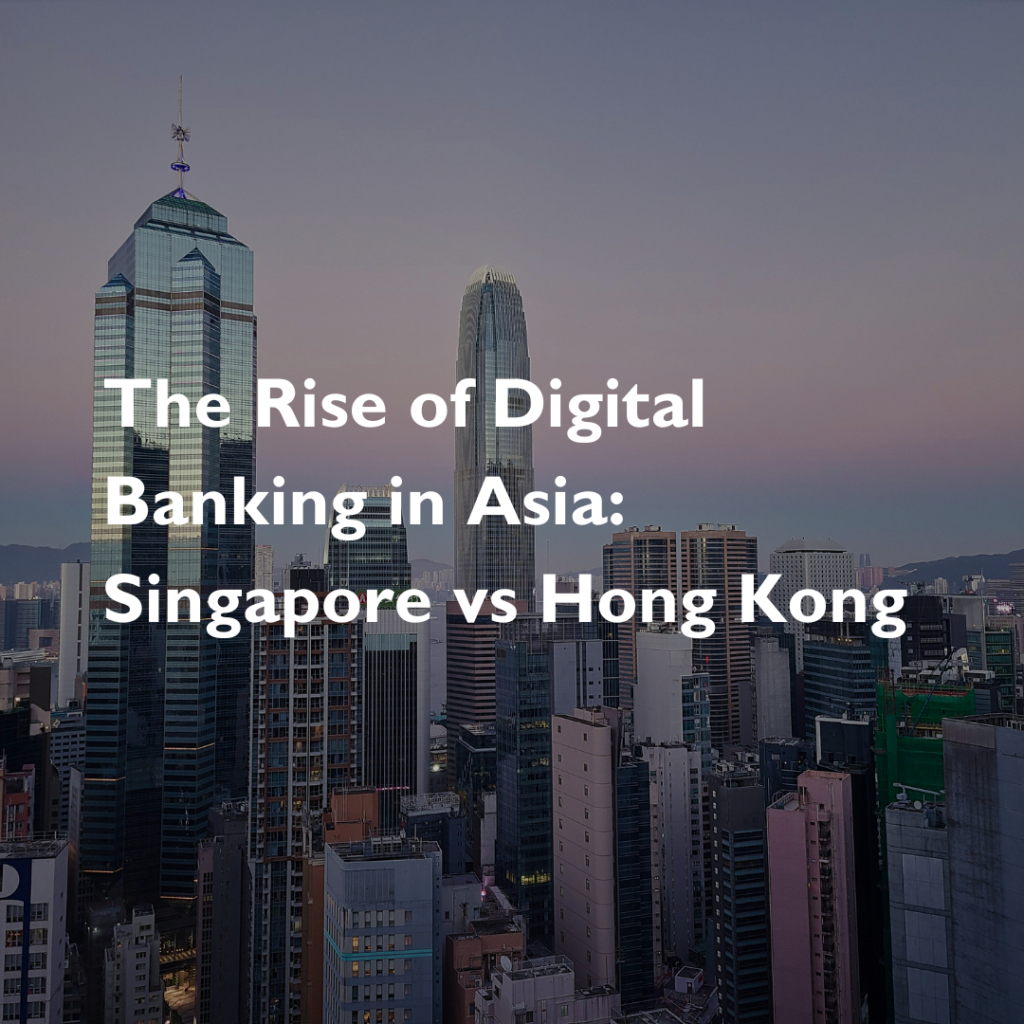
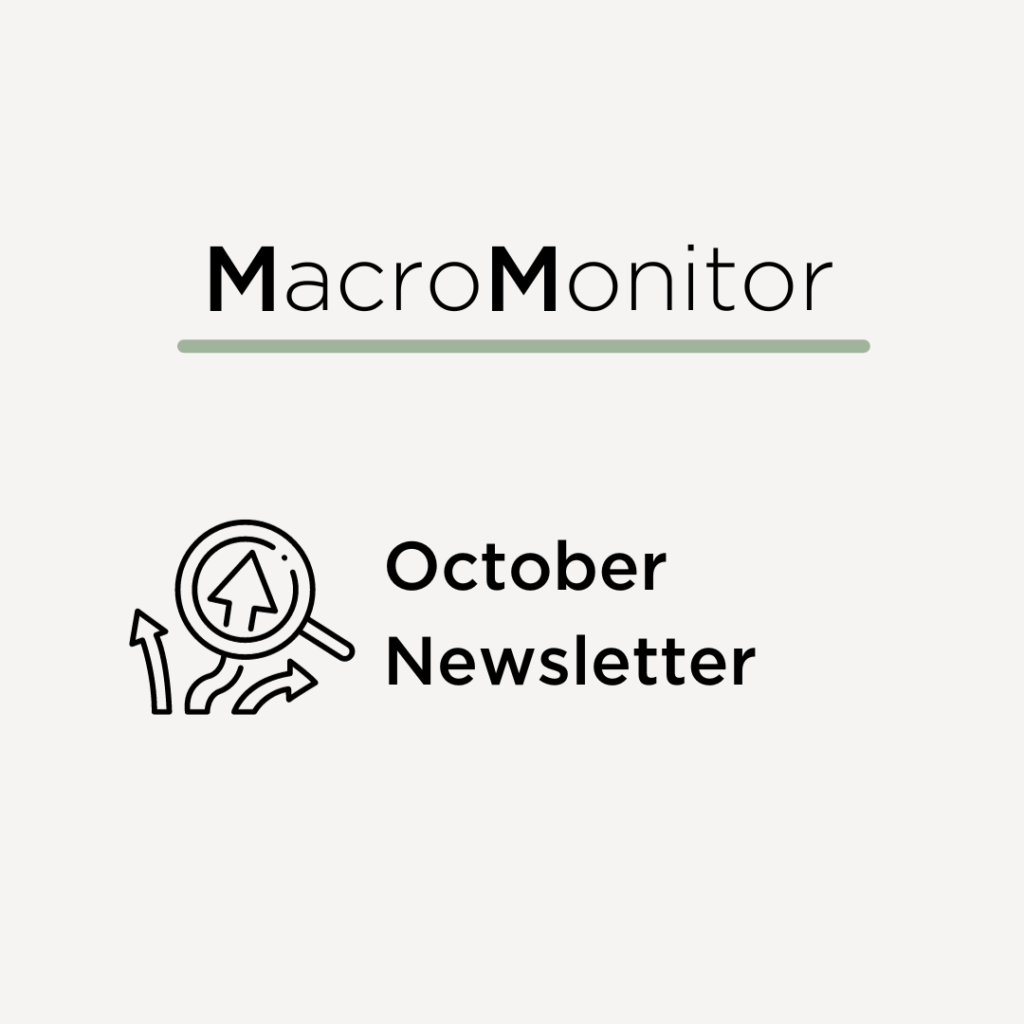









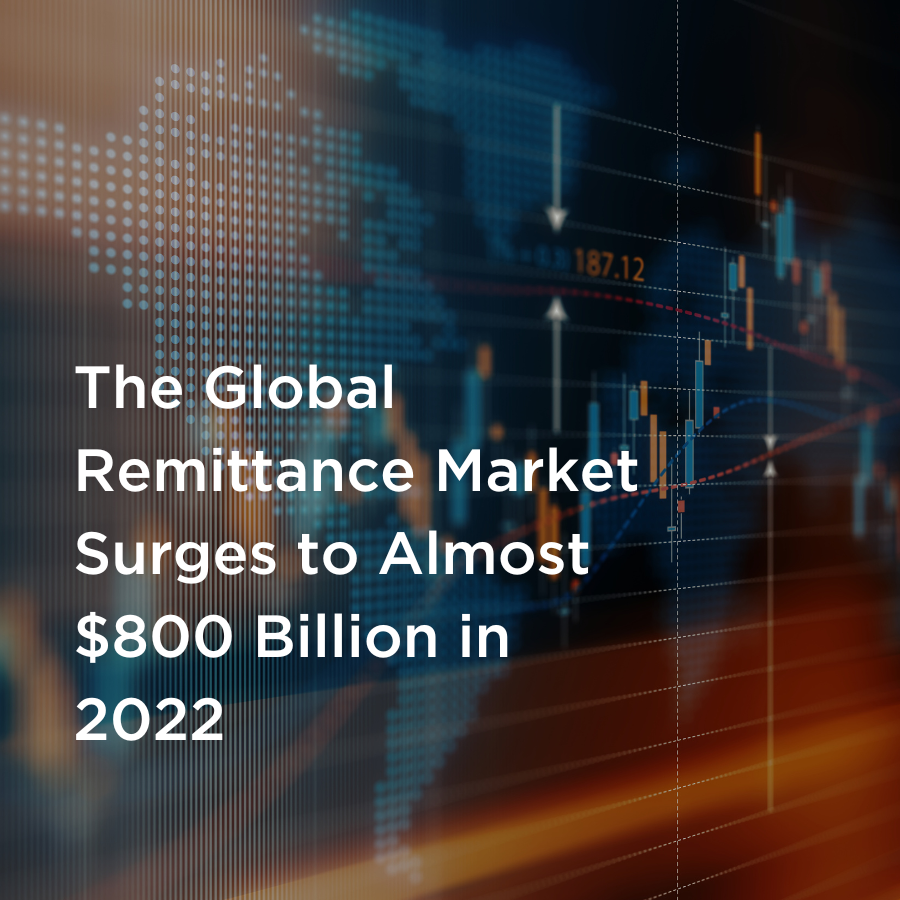





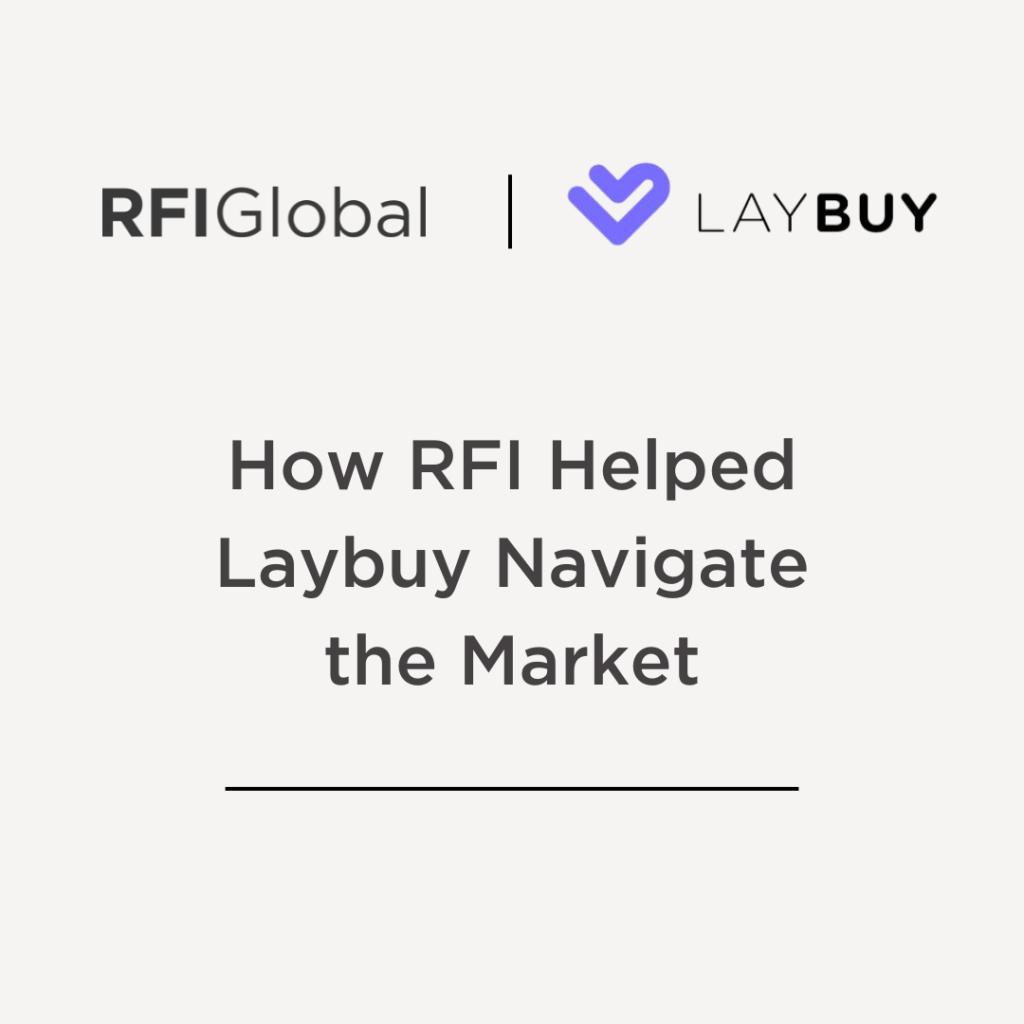
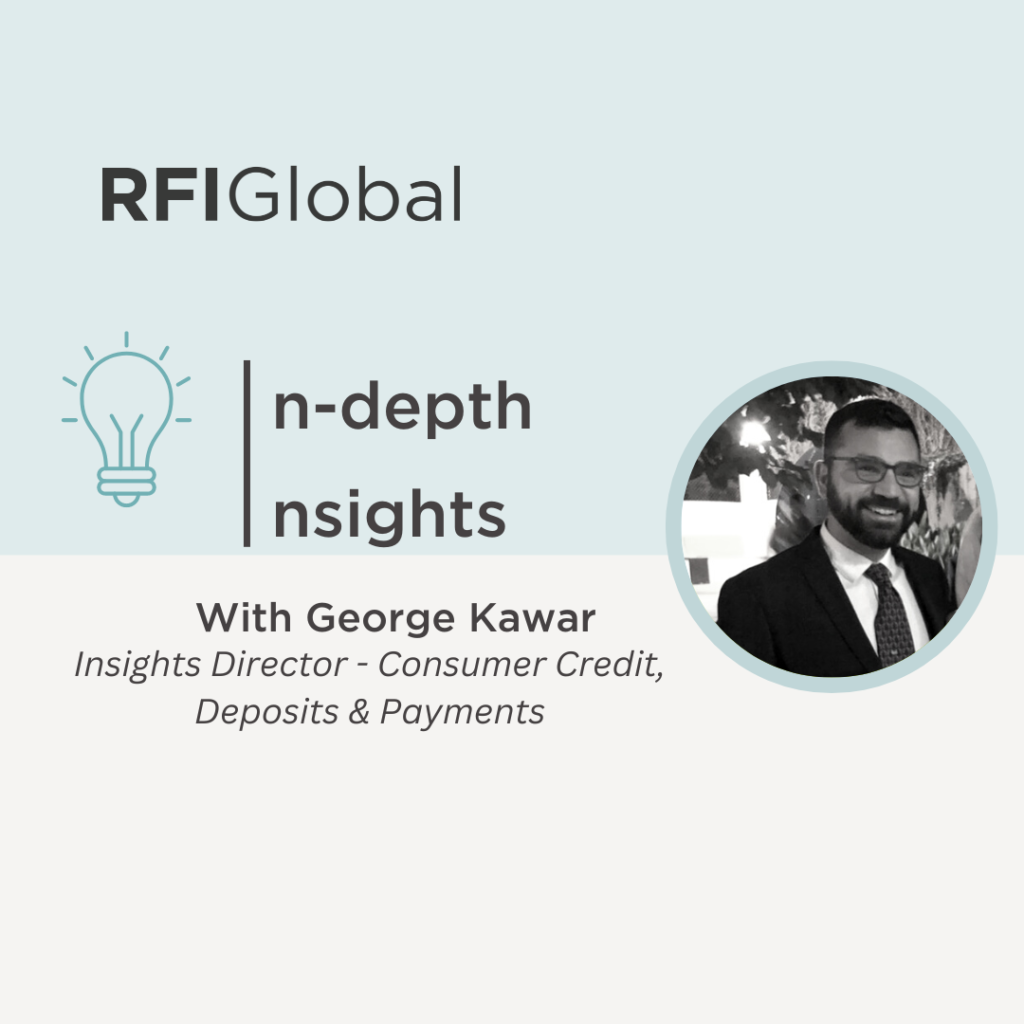
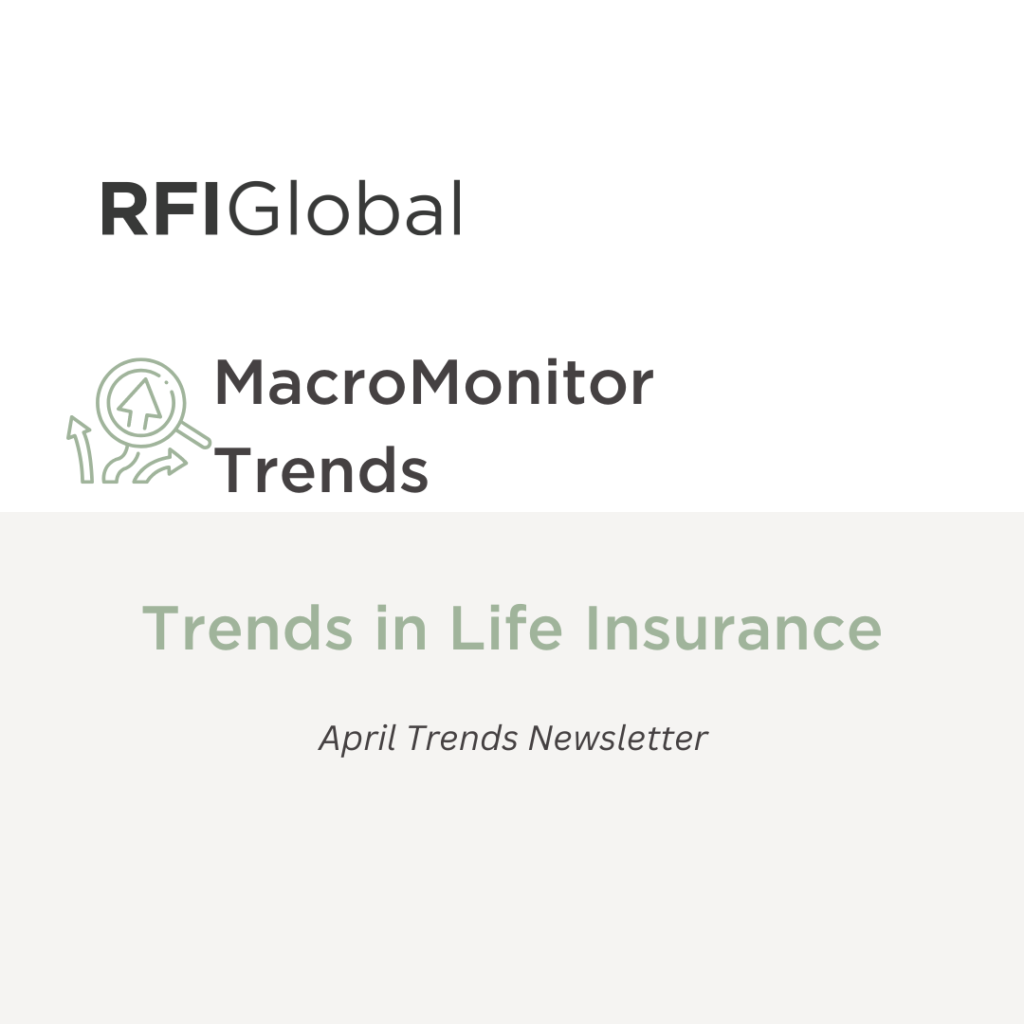
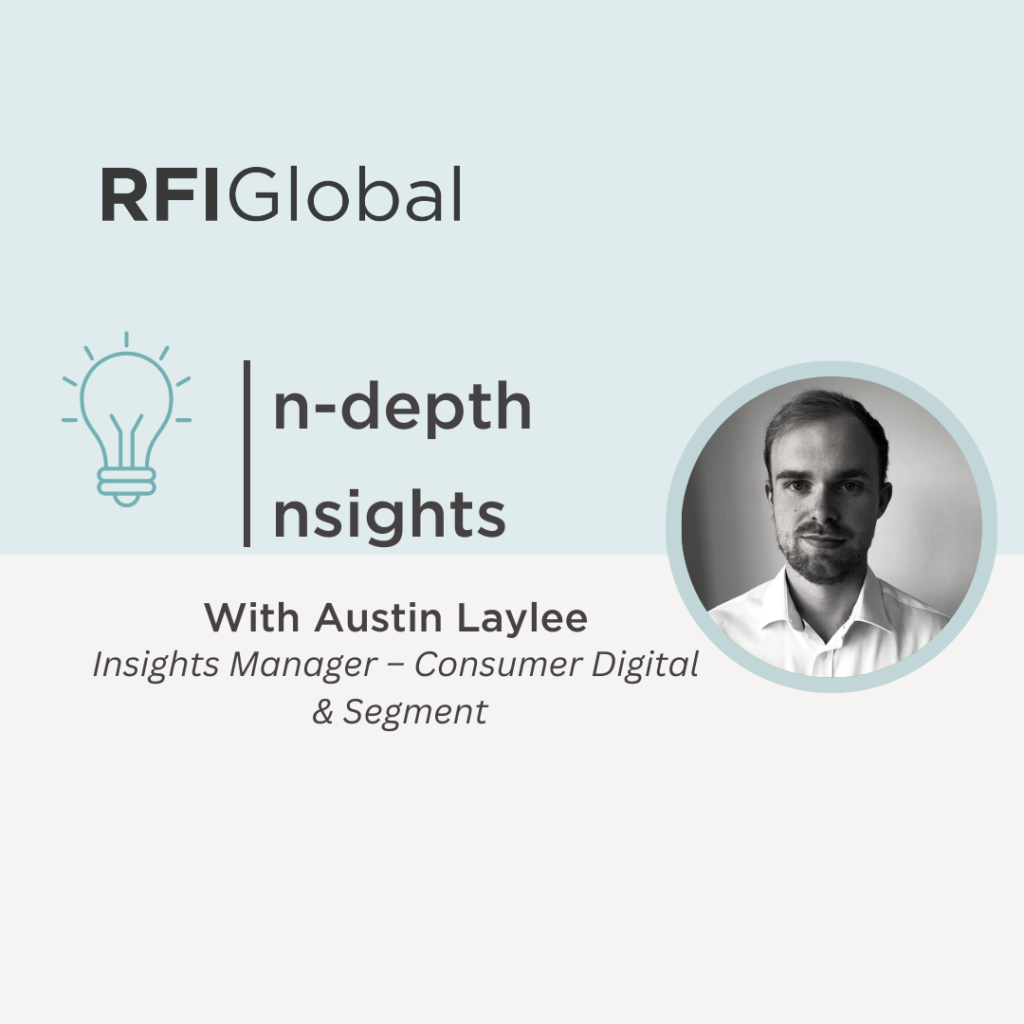
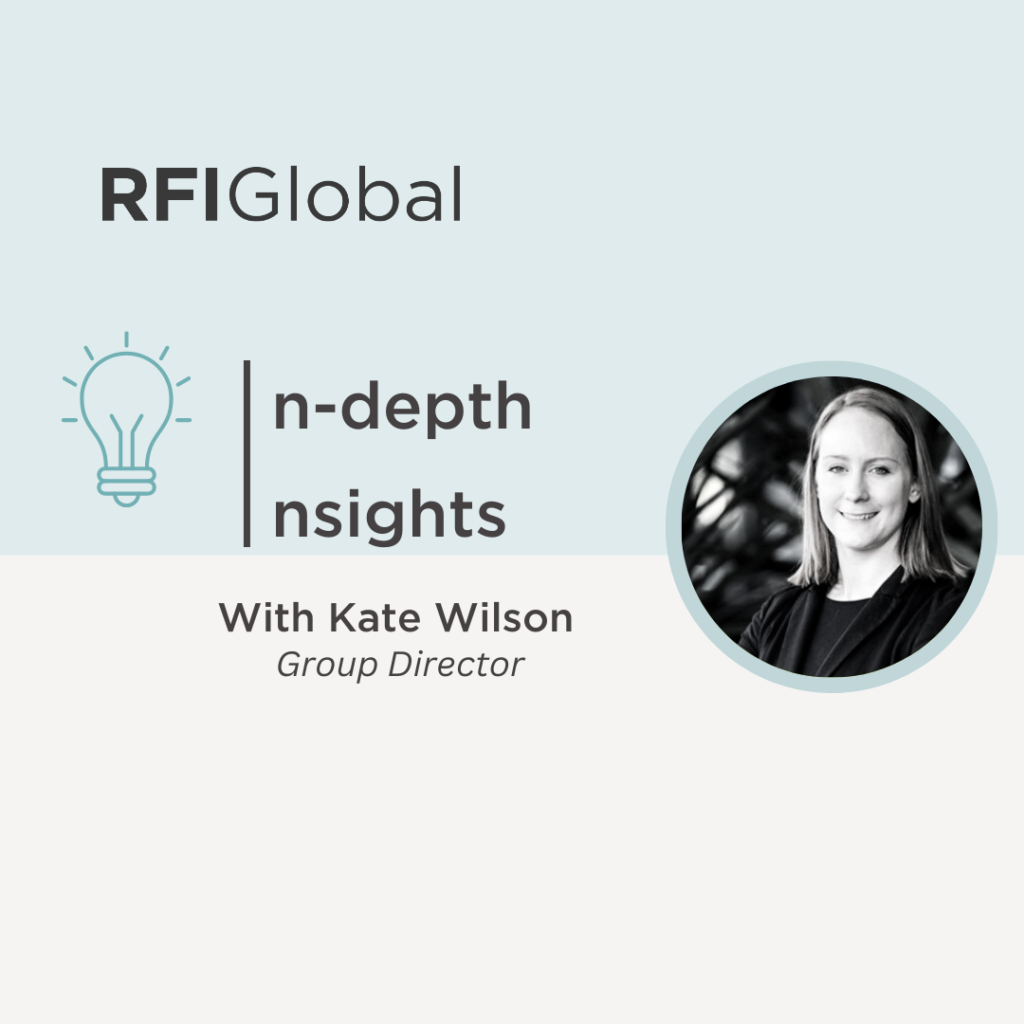
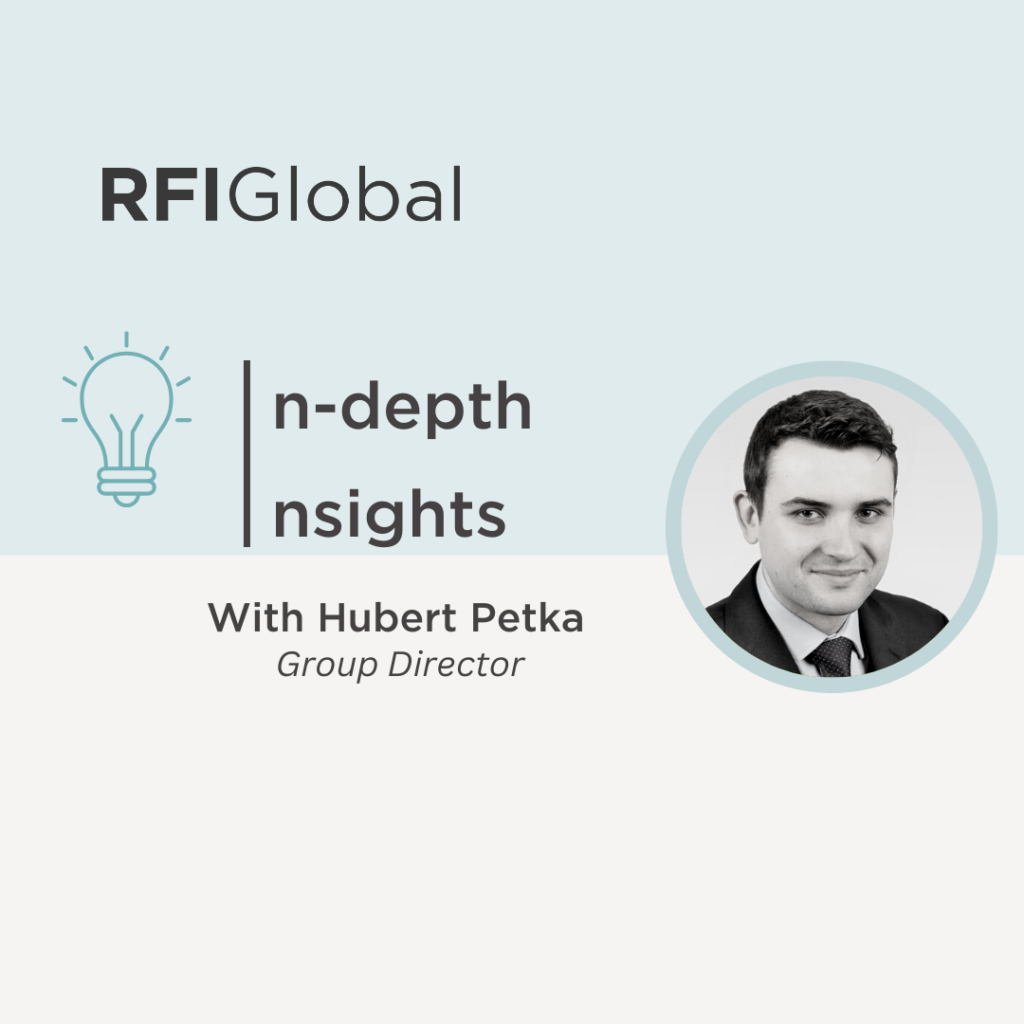
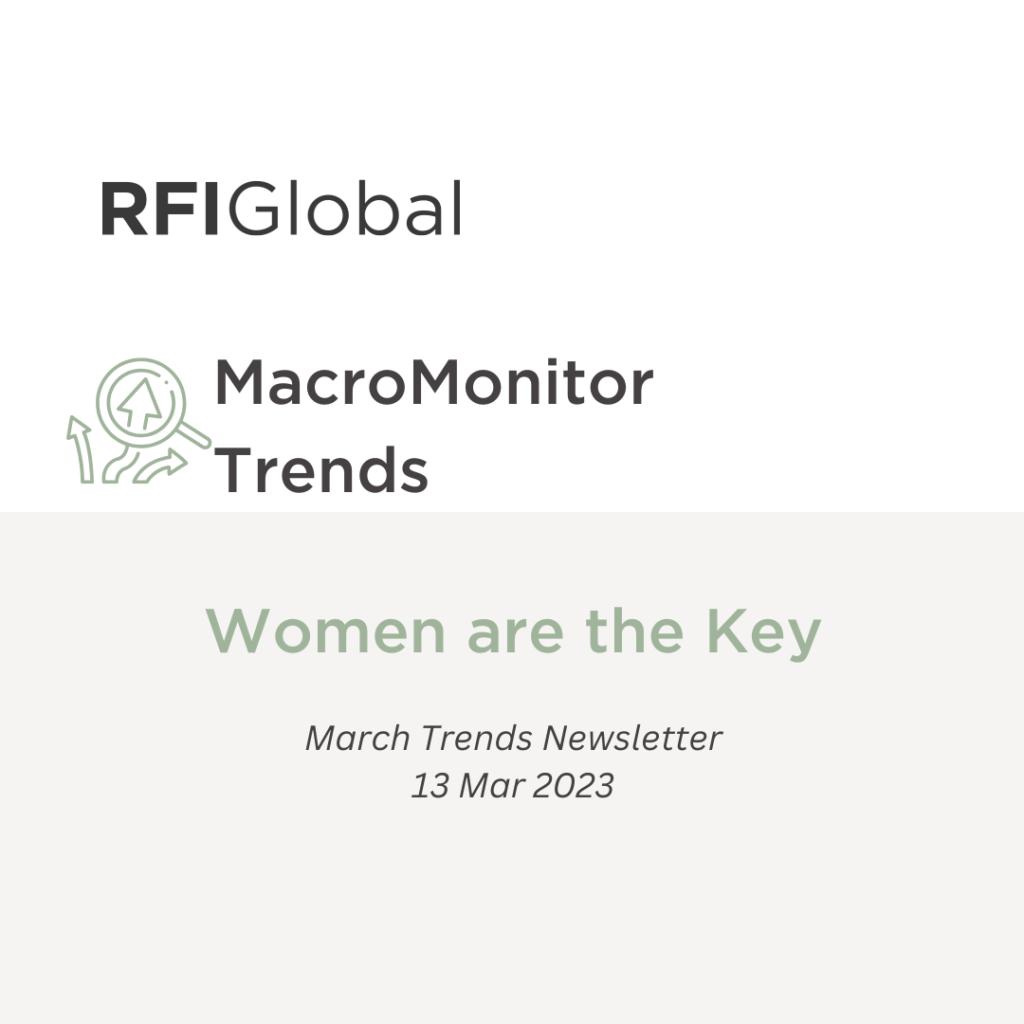

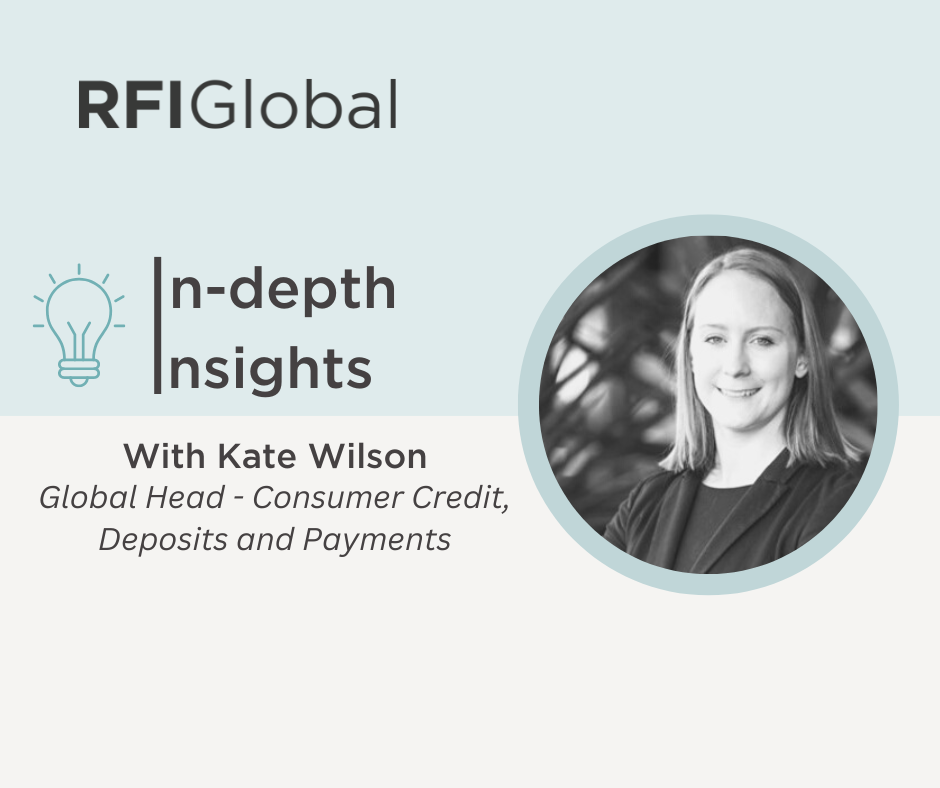
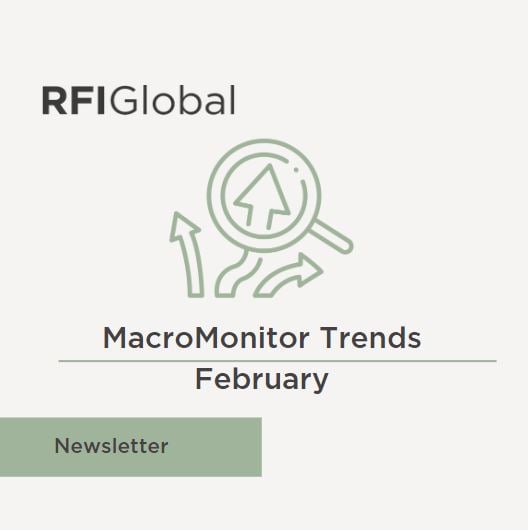


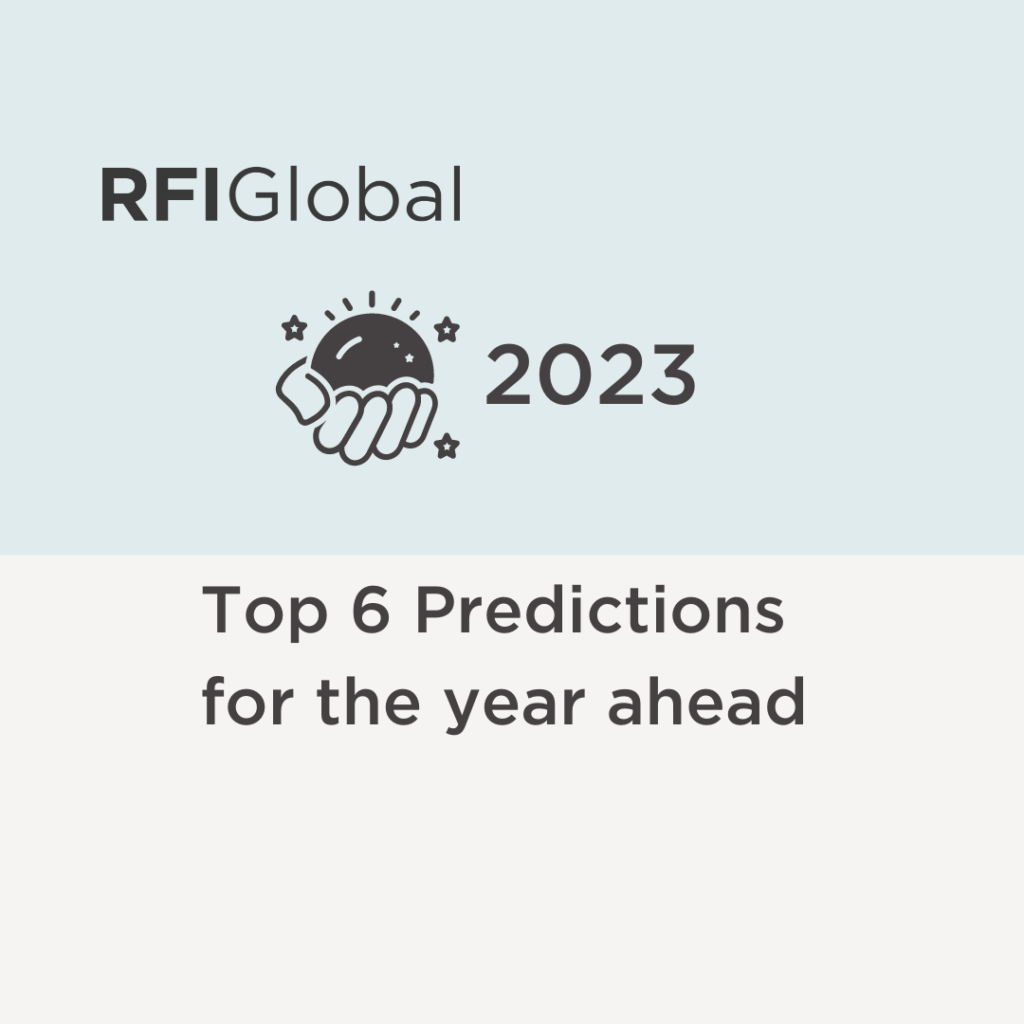
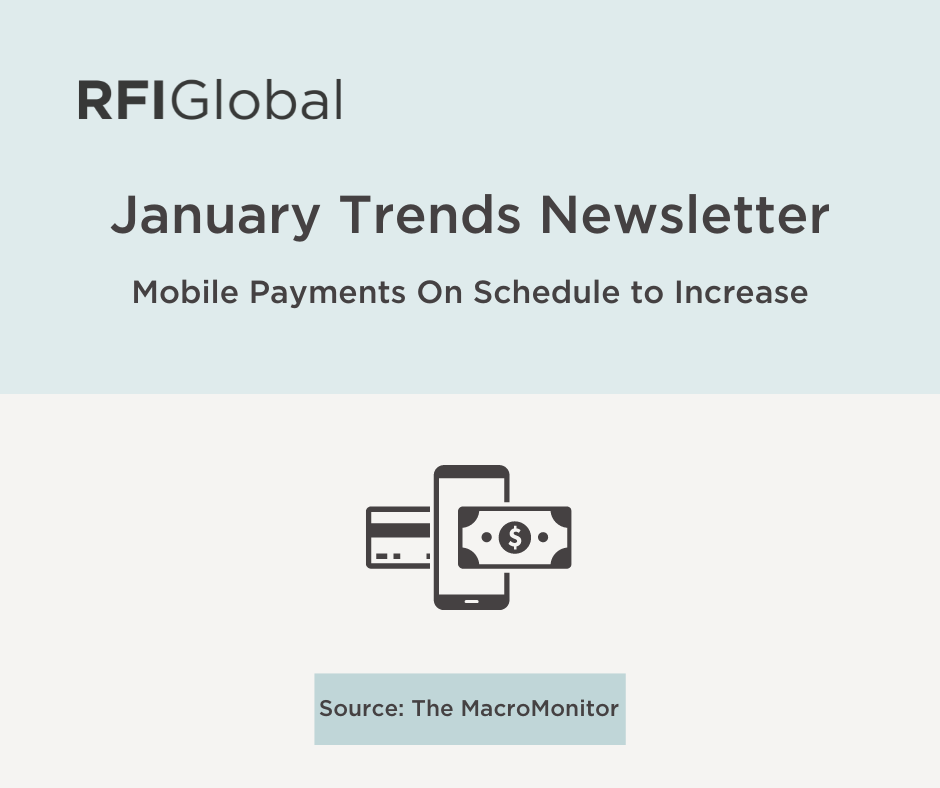
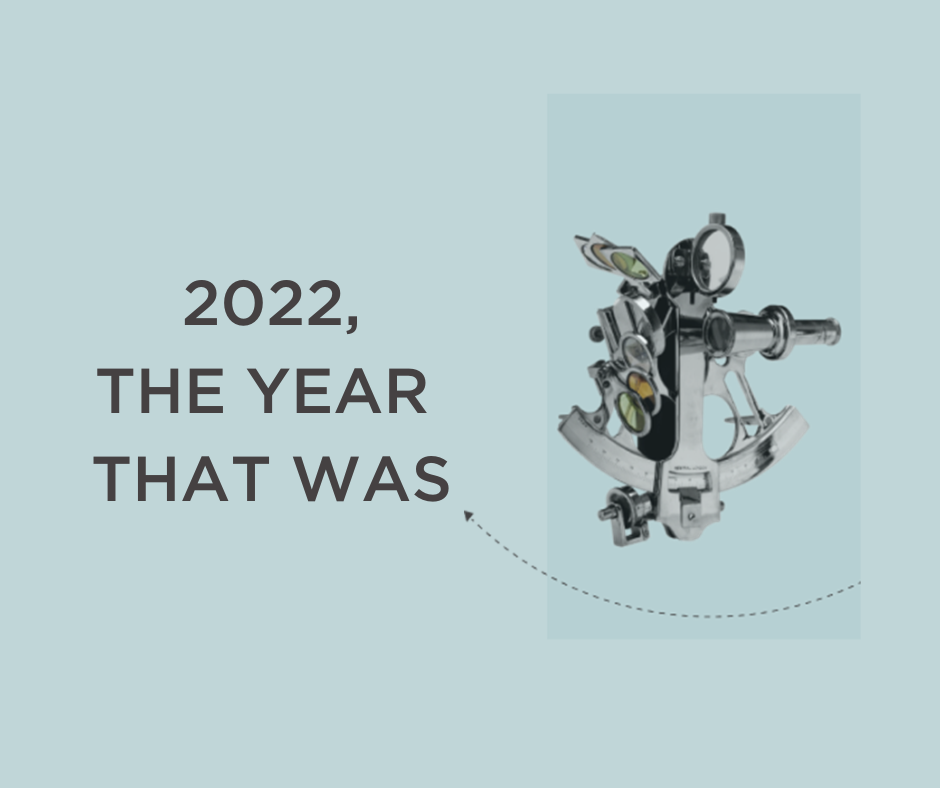


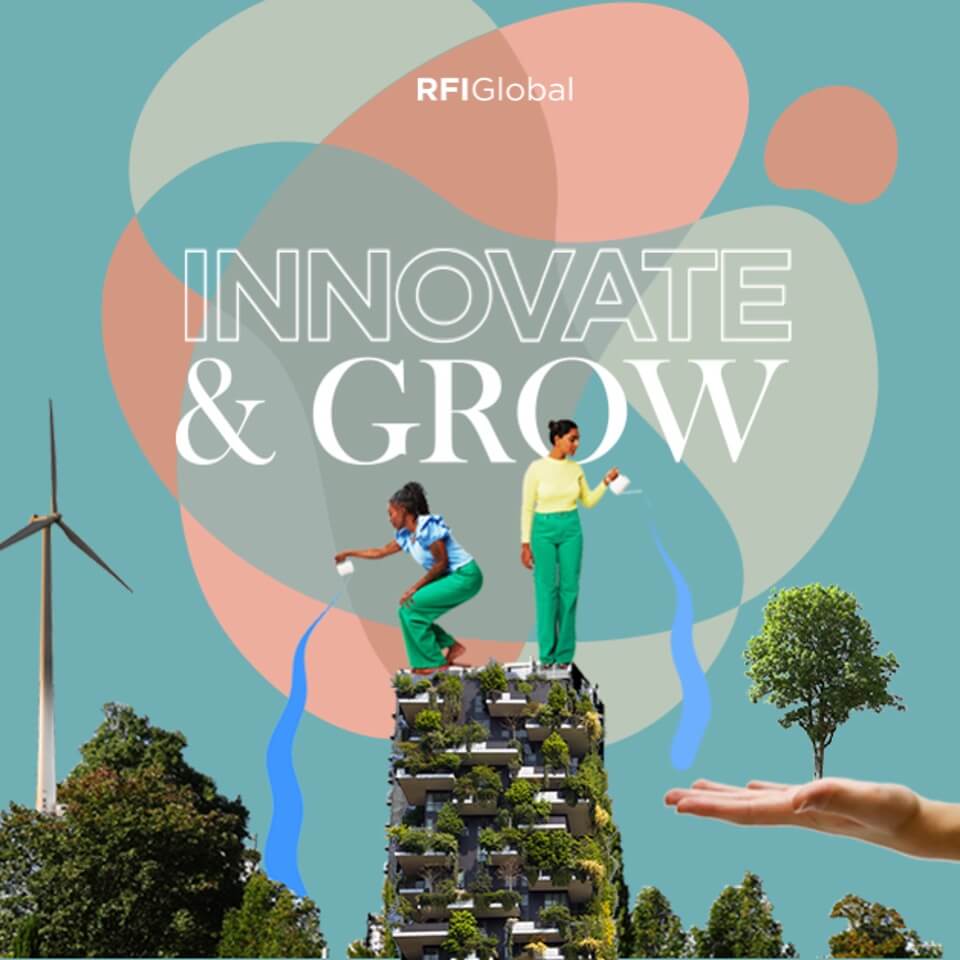











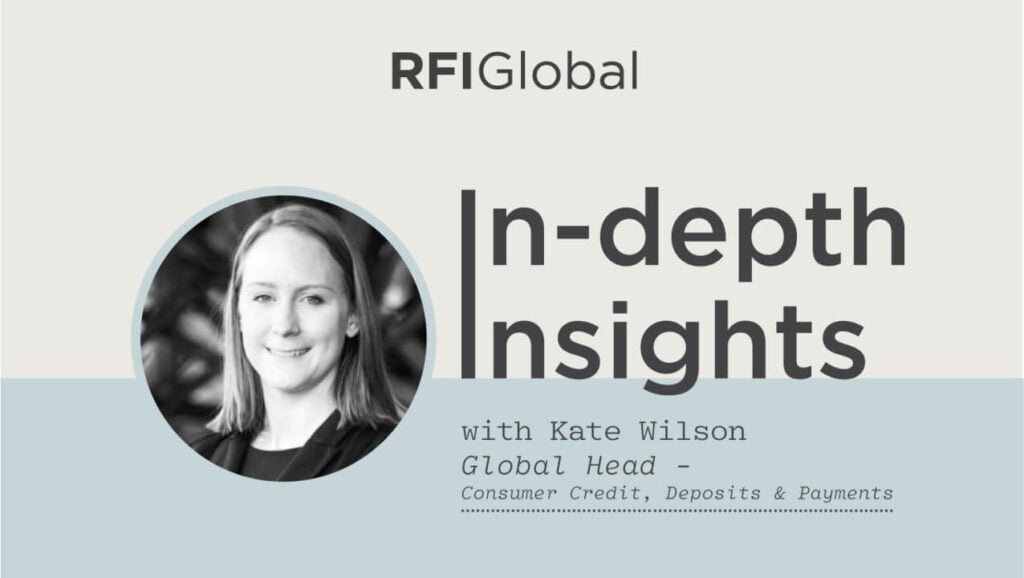










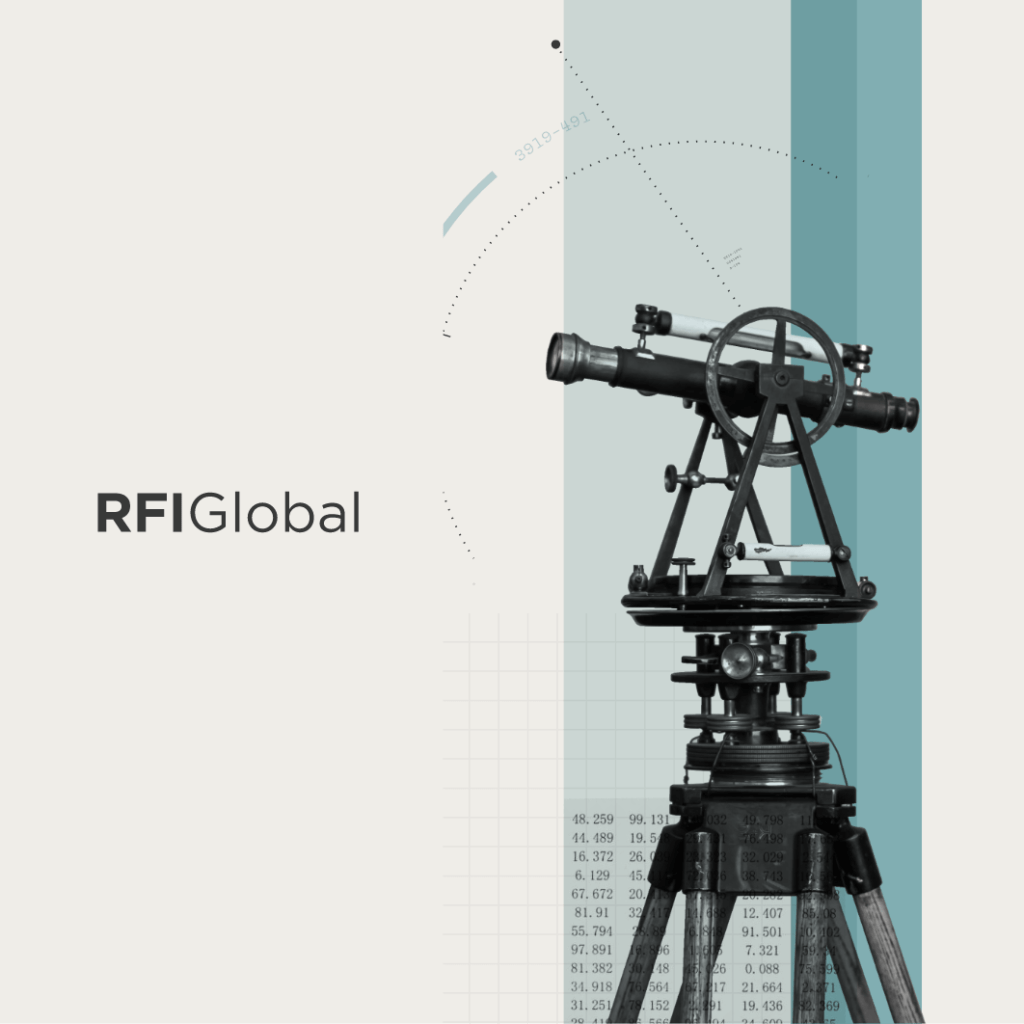


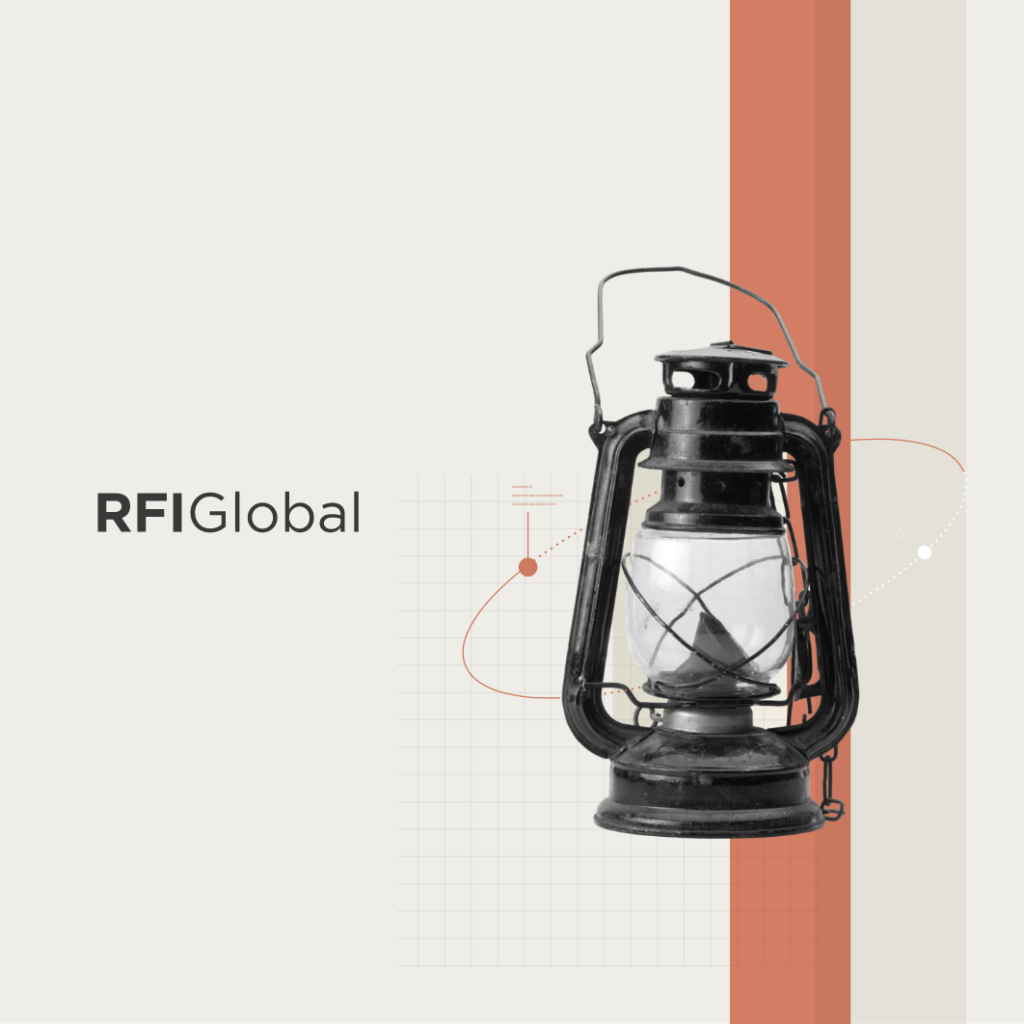
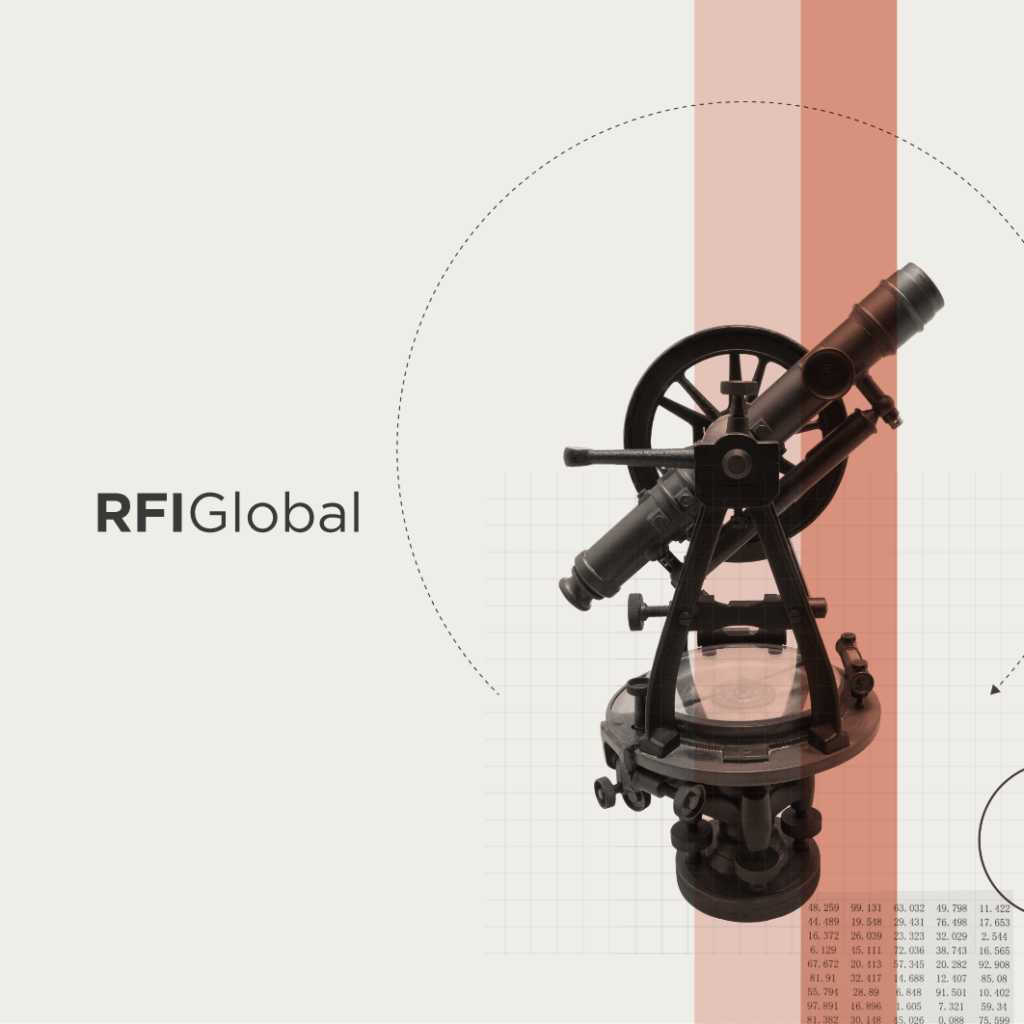
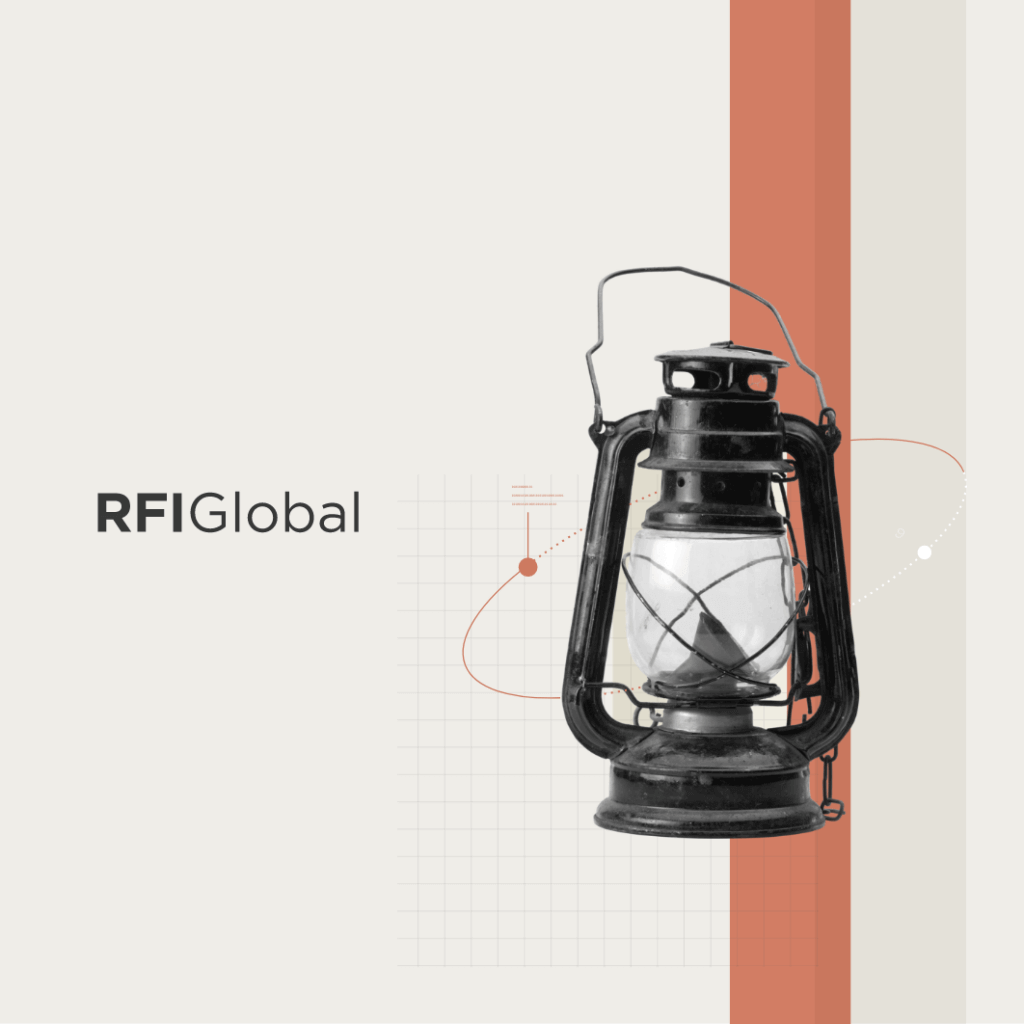
/NQA-ISO-27001-Logo-UKAS.jpg)